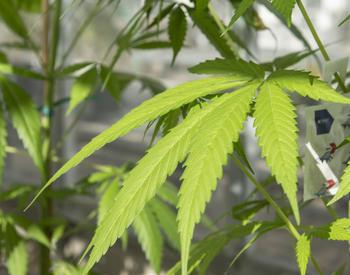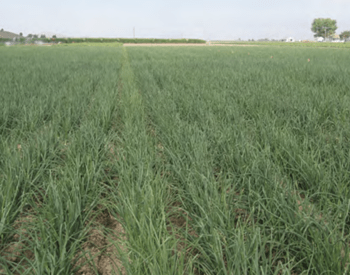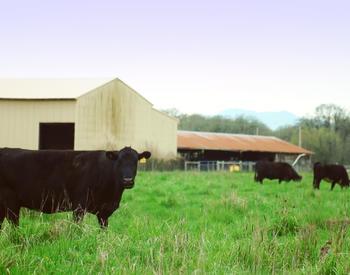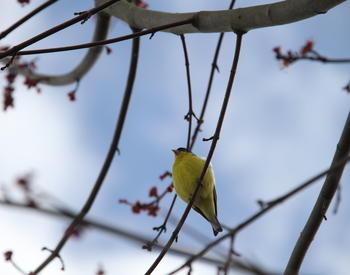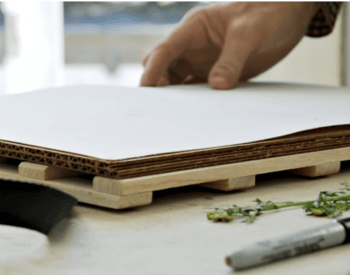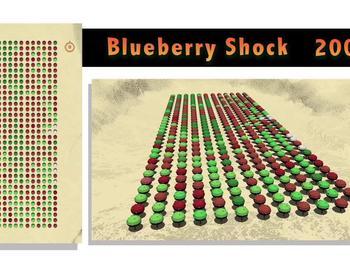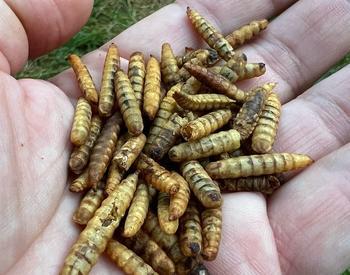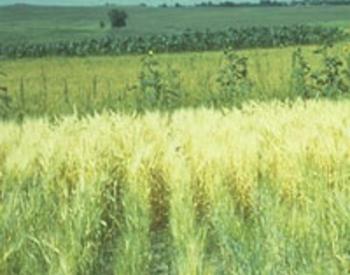Pest monitoring tool kit
Use yellow sticky traps to monitor the beet leafhopper population in your hemp fields. Establish 1–2 traps 1–2 feet above the ground at the edge of your fields and begin monitoring early in the growing season. Usually, the higher the beet leafhopper population, the greater the beet curly top virus impact on the crop.
How the beet leafhopper transmits beet curly top virus particles
While feeding on phloem tissues, beet leafhoppers ingest the virus from beet curly top virus-infected plants. The virus passes into the leafhopper's digestive tract. The virus enters the hemolymph (the blood-like fluid circulating in insects’ bodies), and viral particles are transported to the insect’s salivary glands. Virus particles are subsequently delivered to plants via infected saliva during beet leafhopper feeding. The virus doesn’t replicate inside the insect body and is not transferred to beet leafhopper offspring.
Beet curly top virus symptoms on plants
Hemp leaves infected with beet curly top virus are distorted. They exhibit curling or twisting and sometimes have upward-curling leaf tips. Plants can be stunted or have shortened internodes along branch tips. Leaves can show coloration changes and be pale green to yellow and show a mottling or mosaic pattern (Figure 5).
Beet leafhopper and beet curly top virus weed hosts
Several weed species, including tansy mustard, tumble mustard and Russian thistle, can serve as reservoirs for both beet leafhopper and beet curly top virus. Managing weeds in hemp fields and along field borders can help to minimize the spread of beet curly top virus to hemp plants and potential crop damage.
Pesticide products
There are no effective products specifically labeled to control beet leafhopper on hemp. However, a formulation of kaolin (Surround® WP) is currently permitted for use on hemp in Oregon. It has been shown to reduce beet curly top virus in other crops. Spray kaolin clay every two weeks, starting before the beet leafhopper is detected or after transplanting through canopy closure.
Contact your local OSU Extension Office
Contact your local OSU Extension county agent for further information about beet leafhopper and beet curly top virus. You can also submit symptomatic plant samples to the OSU-Corvallis Plant clinic or OSU-Hermiston Extension Plant Pathology to determine whether beet curly top virus is present in plant and leafhopper samples.
See the newsletter article “Monitoring for beet leafhopper adults helps halt spread of plant virus” that was published in 2022 for more information.
